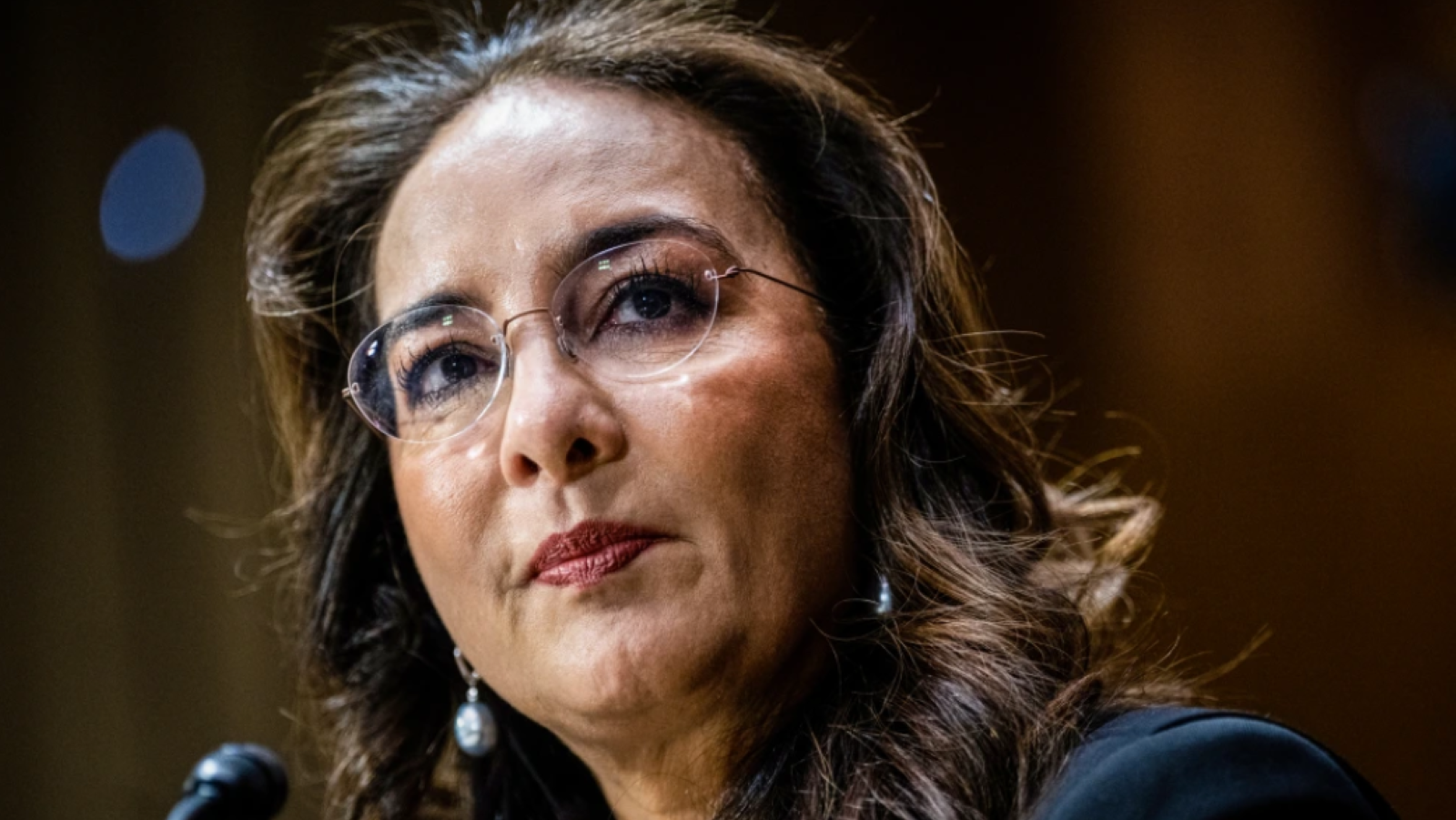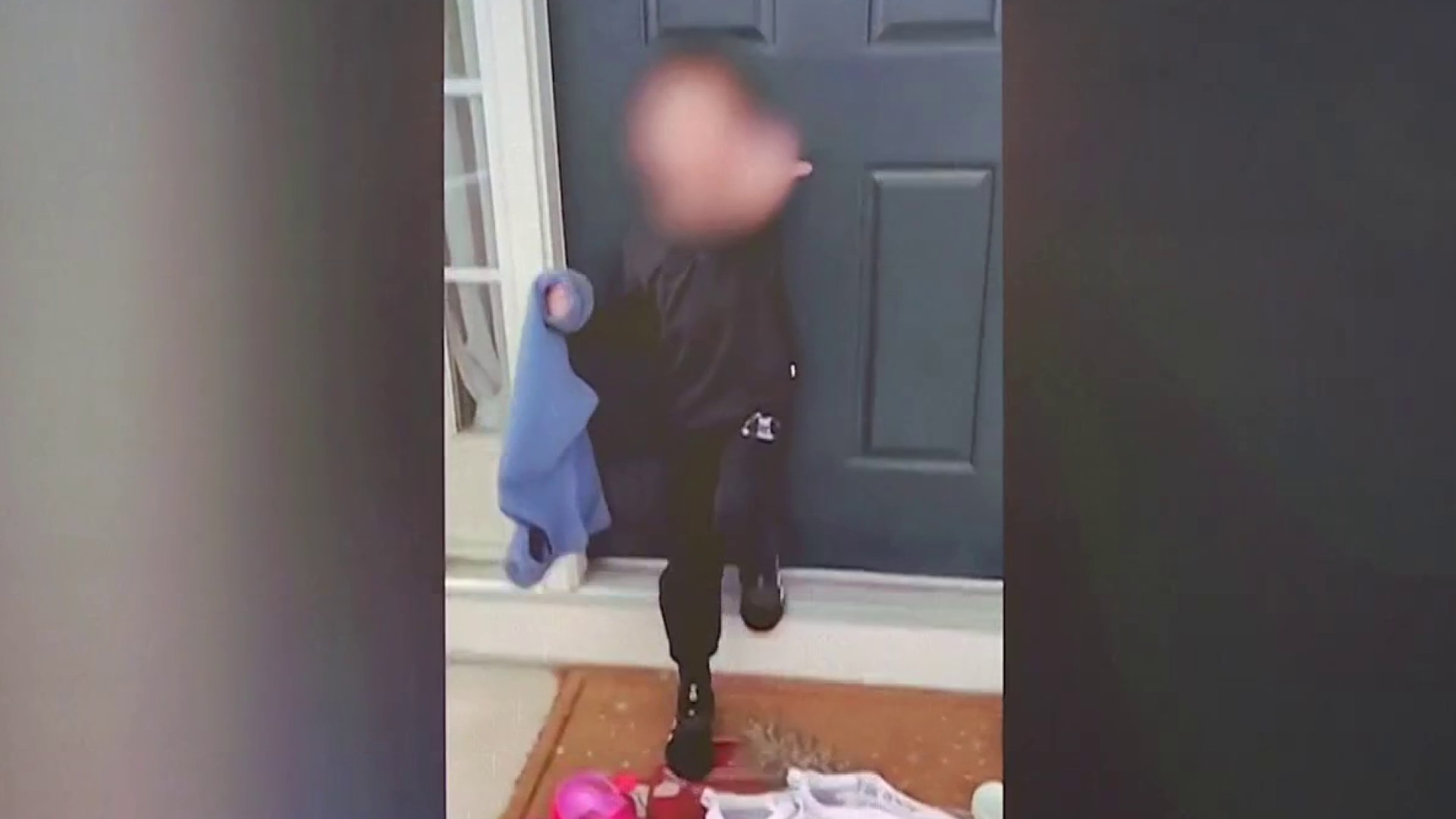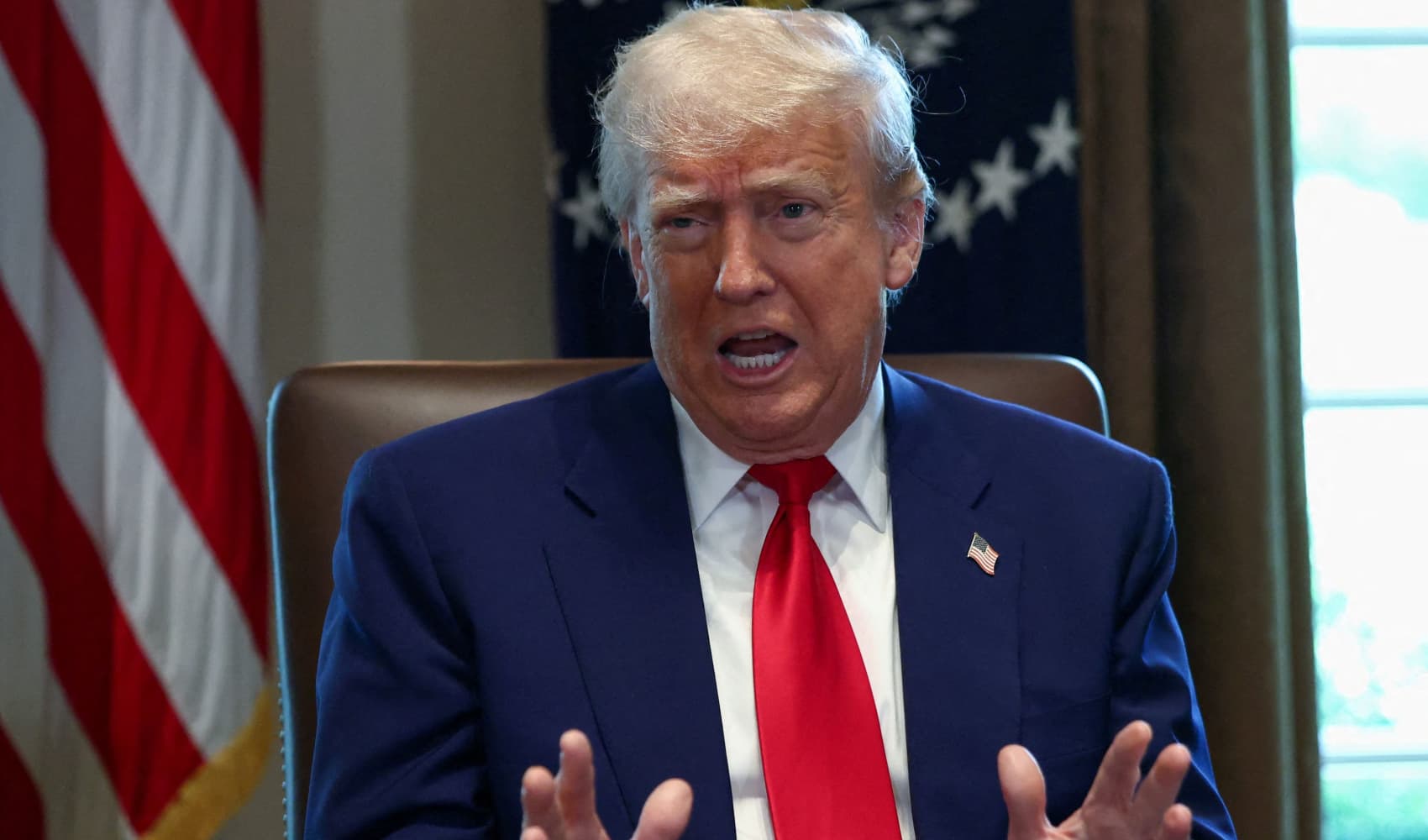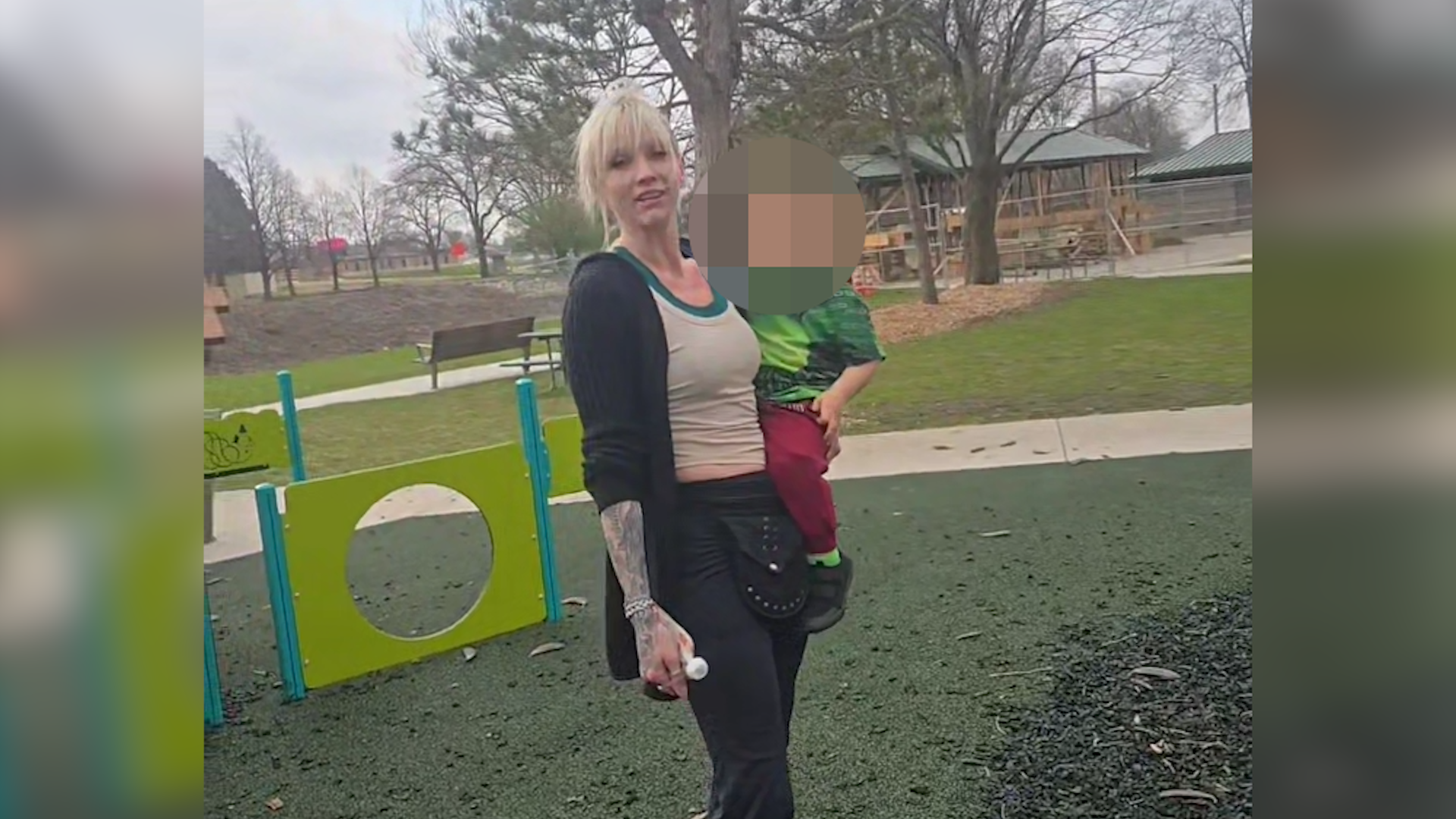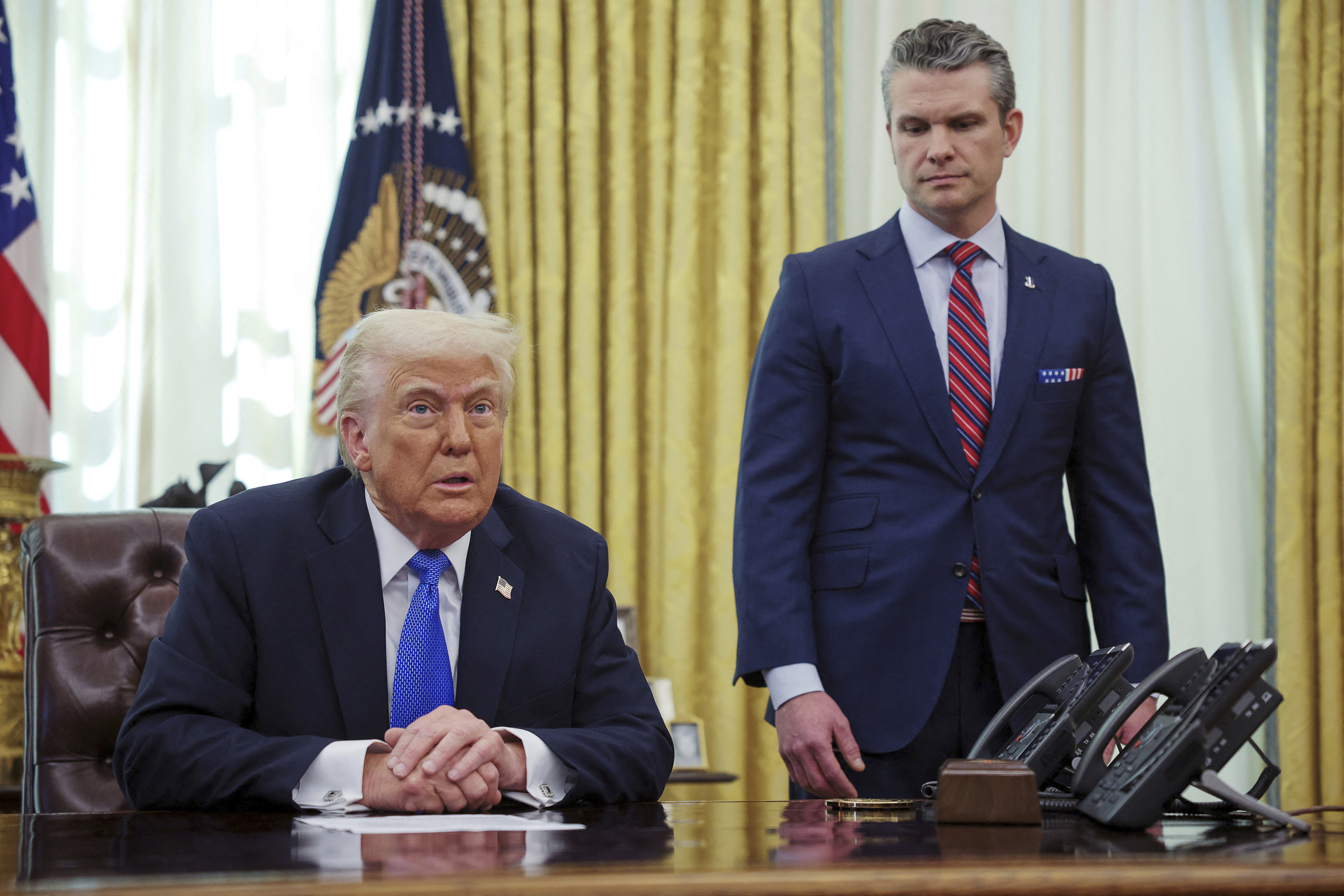DOJ Civil Rights Division: Trump's "Bloodbath" Impact?
Trump's Legacy: Civil Rights Division Under Siege?
Introduction: A Seismic Shift at the DOJ
Remember the promise of equal justice under law? Well, things might be shifting, especially within the Department of Justice's (DOJ) Civil Rights Division. The Trump administration, it seems, has quietly but drastically reshaped this crucial division. We're talking about a potential overhaul that some insiders are calling a "bloodbath." But what does this mean for civil rights enforcement in America? Let's dive in and explore what's happening behind the scenes.
The Exodus of Senior Lawyers: A Brain Drain?
Imagine building a career dedicated to upholding civil rights, only to find yourself sidelined. That's allegedly what’s happening to many experienced lawyers within the DOJ’s Civil Rights Division. More than a dozen senior attorneys, individuals with decades of experience spanning both Republican and Democratic administrations, have reportedly been reassigned. Think of it as a veteran sports team suddenly losing its star players – the impact could be devastating.
Reassignments and Resignations: A Sign of Discontent?
These reassignments, according to current and former officials, aren't just lateral moves. Many of these seasoned professionals have been shifted to less desirable roles, positions that don't align with their expertise. The result? Frustration and, for some, resignation. Could this be a sign that the division's priorities are changing, pushing out those who championed its original mission?
"Bloodbath": A Stark Warning
One senior Justice Department lawyer, speaking anonymously, used a very strong word to describe the situation: "bloodbath." This isn't just a minor adjustment; it's portrayed as a major disruption. This lawyer, not authorized to speak publicly, paints a picture of a division in turmoil, potentially losing its ability to effectively protect civil rights.
New Priorities: A Departure from Tradition?
Last week, the Trump administration’s appointed head of the division reportedly issued memos outlining new priorities. But what are these priorities, and how do they differ from the past? The claim is that these priorities are dramatically at odds with the traditional focus of the Civil Rights Division, a focus that has existed under both Republican and Democratic leadership.
The Impact on Discrimination Cases: A Shift in Focus?
The Civil Rights Division plays a critical role in enforcing laws that prohibit discrimination in hiring, housing, and voting rights. If the priorities are shifting, what happens to these cases? Are certain types of discrimination being prioritized over others? Will the division still aggressively pursue all violations, or will its resources be directed elsewhere?
The Voting Rights Act: A Potential Target?
The Voting Rights Act is a cornerstone of American democracy, designed to protect the right to vote for all citizens. Could changes within the Civil Rights Division impact the enforcement of this vital law? Some fear that efforts to combat voter suppression might be scaled back. After all, this division is key in the prevention of discriminatory voting laws at the state level.
Section 5 Preclearance: A Thing of the Past?
Historically, Section 5 of the Voting Rights Act required certain states with a history of discrimination to obtain federal preclearance before making changes to their voting laws. While the Supreme Court weakened this provision in 2013, the Civil Rights Division still plays a role in monitoring voting practices. Could this monitoring be reduced, potentially leading to increased voter suppression?
Hiring and Housing Discrimination: Neglected Areas?
Beyond voting rights, the Civil Rights Division also enforces laws against discrimination in hiring and housing. Are these areas also at risk of being neglected under the new priorities? Will the division continue to actively investigate and prosecute cases of discrimination based on race, religion, gender, or other protected characteristics? These are huge questions.
The Fair Housing Act: Protecting Vulnerable Communities?
The Fair Housing Act is essential for ensuring that everyone has equal access to housing, regardless of their background. The division plays a critical role in upholding this act. Will there be a decrease in the number of cases brought under the Fair Housing Act? Will vulnerable communities still have the same level of protection?
The Role of Political Appointees: Shaping the Agenda
Every administration appoints individuals to lead government agencies, and these political appointees often bring their own perspectives and priorities. The Trump administration is no different. However, the concern here is that the changes being implemented are so drastic that they fundamentally alter the mission of the Civil Rights Division. Is this a legitimate policy shift, or is it a politically motivated effort to weaken civil rights protections?
Checks and Balances: Holding the Executive Branch Accountable
It's crucial to remember that the executive branch isn't all-powerful. There are checks and balances in place to ensure accountability. Congress can investigate the changes within the Civil Rights Division, and the courts can review the legality of the administration's actions. Ultimately, the fate of civil rights enforcement may depend on these other branches of government.
The Public's Role: Staying Informed and Engaged
Ultimately, the protection of civil rights is a shared responsibility. The public needs to stay informed about what's happening within the Civil Rights Division and engage in the political process. By demanding transparency and accountability from their elected officials, citizens can play a vital role in ensuring that civil rights are protected for all. It's time to wake up and pay attention.
Advocacy Groups: A Voice for the Voiceless?
Civil rights advocacy groups often play a critical role in monitoring government actions and advocating for the rights of marginalized communities. These groups can provide valuable information to the public and hold the government accountable for its actions. Support them; amplify their voices.
The Long-Term Impact: What's at Stake?
The changes within the Civil Rights Division could have long-term consequences for the protection of civil rights in America. If the division is weakened, it could become more difficult to combat discrimination in all its forms. This could lead to a society where certain groups are denied equal opportunities and face systemic barriers. This could affect generations to come.
A Legacy of Equality: Preserving Progress
The Civil Rights Division has a long and proud history of fighting for equality and justice. It has played a vital role in dismantling segregation, protecting voting rights, and combating discrimination in housing and employment. It's crucial to preserve this legacy and ensure that the division continues to serve as a champion for civil rights for all Americans. Let’s not let the progress fade.
Conclusion: A Critical Juncture
The reported "bloodbath" within the DOJ's Civil Rights Division raises serious concerns about the future of civil rights enforcement in America. The exodus of experienced lawyers, the shift in priorities, and the potential impact on voting rights and anti-discrimination efforts all point to a critical juncture in our nation's history. It's up to the public, Congress, and the courts to ensure that the principles of equality and justice are upheld for all. The responsibility lies on everyone.
Frequently Asked Questions
Q1: What exactly does the Civil Rights Division of the DOJ do?
The Civil Rights Division enforces federal laws prohibiting discrimination based on race, color, religion, sex, disability, familial status, and national origin. This includes areas like voting rights, fair housing, employment, education, and access to public accommodations.
Q2: Why are people concerned about the changes within the division?
The concern stems from reports of experienced lawyers being reassigned or leaving, coupled with a perceived shift in priorities. This raises fears that the division may be less effective in protecting civil rights, particularly for vulnerable communities.
Q3: How might these changes affect everyday Americans?
If the Civil Rights Division is weakened, it could become harder to challenge discriminatory practices in areas like housing, employment, and voting. This could disproportionately impact marginalized groups and limit opportunities for all Americans.
Q4: What can I do to stay informed about this issue?
Follow reputable news sources, civil rights organizations, and legal experts who are covering the changes within the Civil Rights Division. Engage in conversations with your elected officials and advocate for policies that protect civil rights.
Q5: Can these changes be reversed?
Yes, future administrations can re-prioritize the Civil Rights Division's work and appoint leaders committed to robust civil rights enforcement. Congress can also pass legislation to strengthen civil rights laws and provide additional resources to the division.
